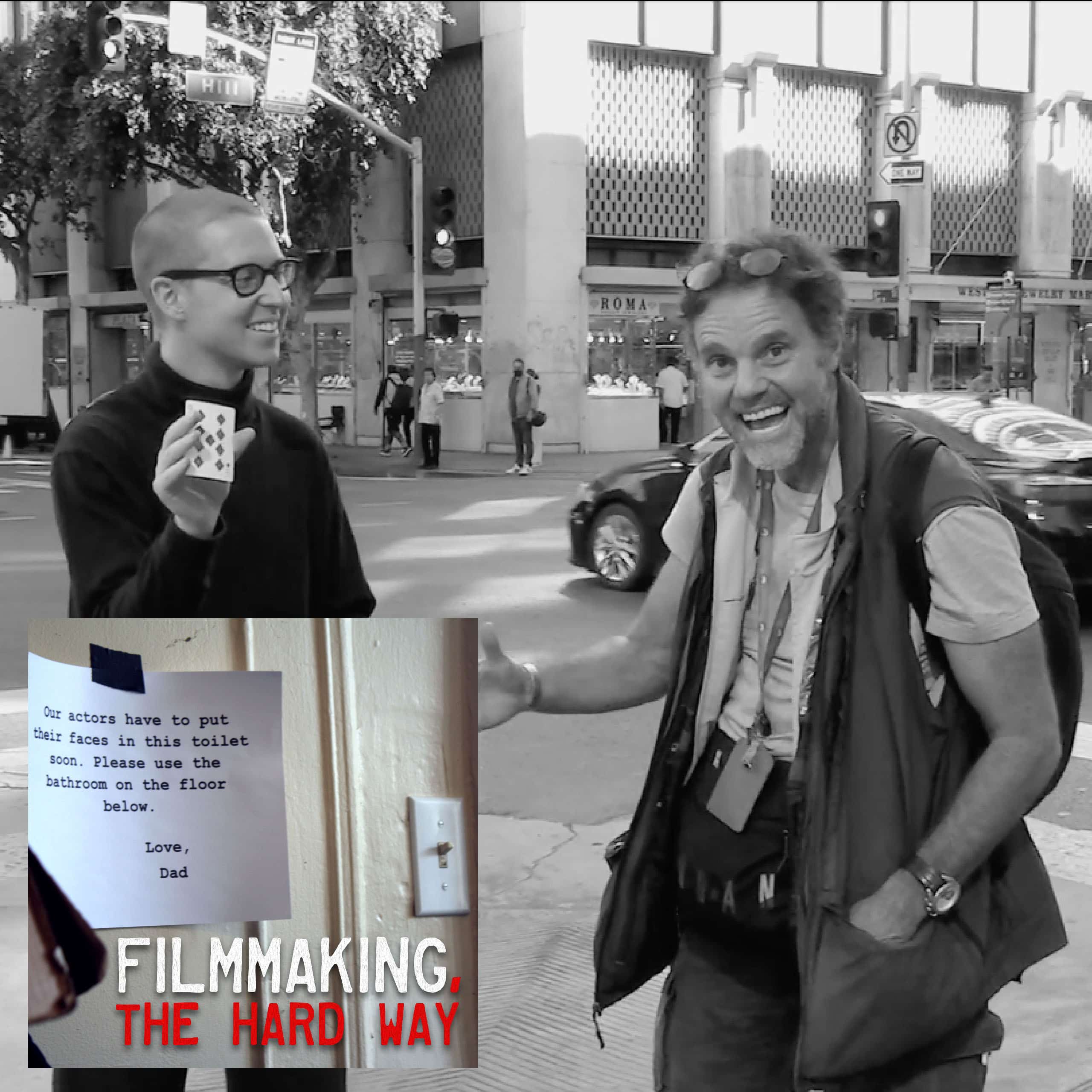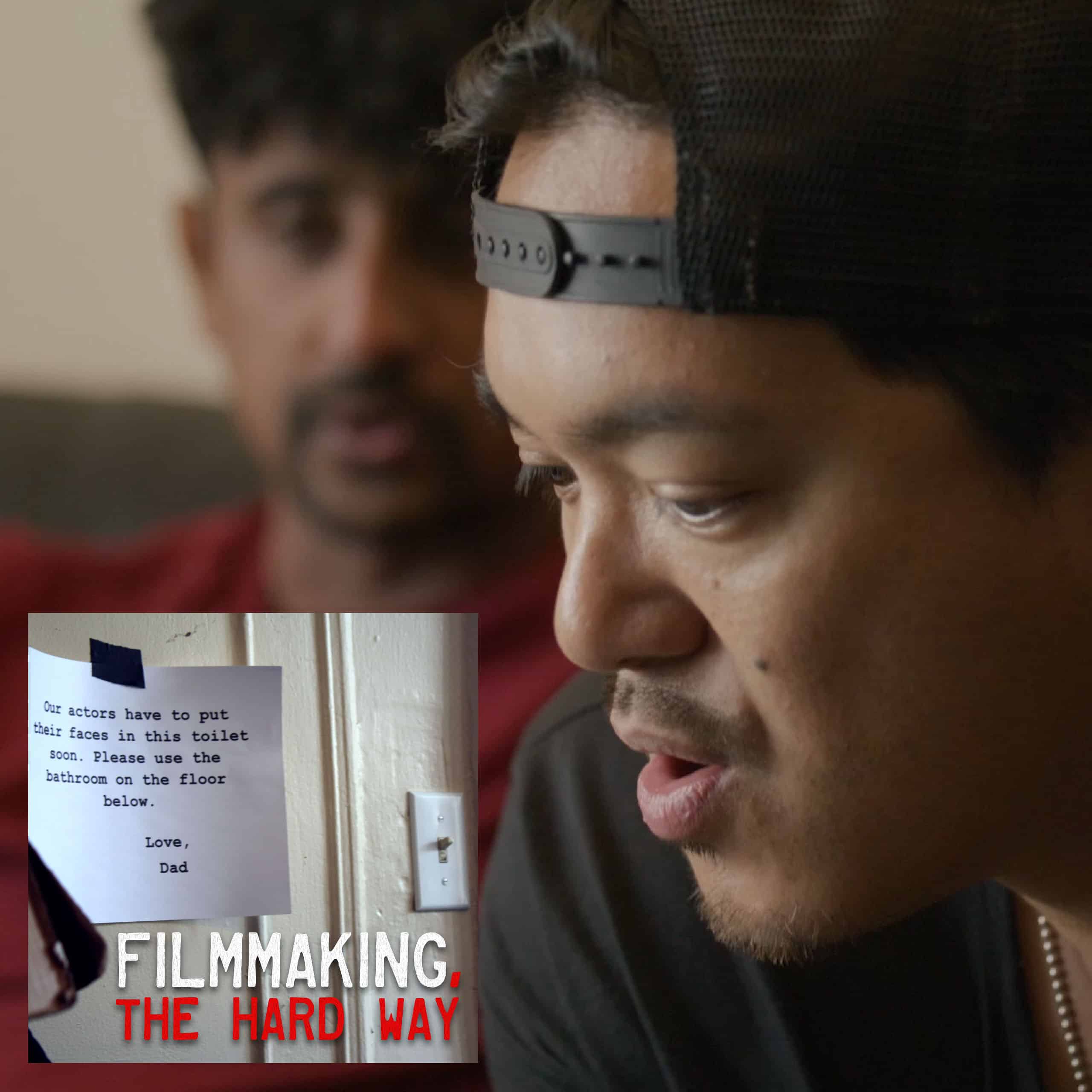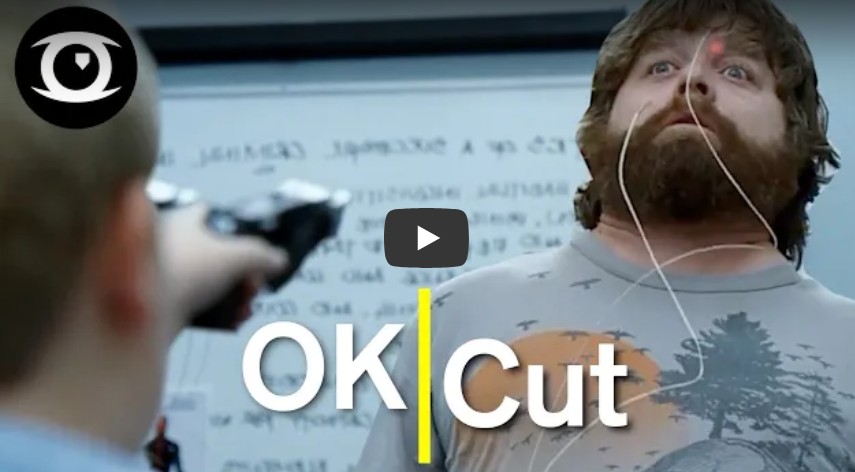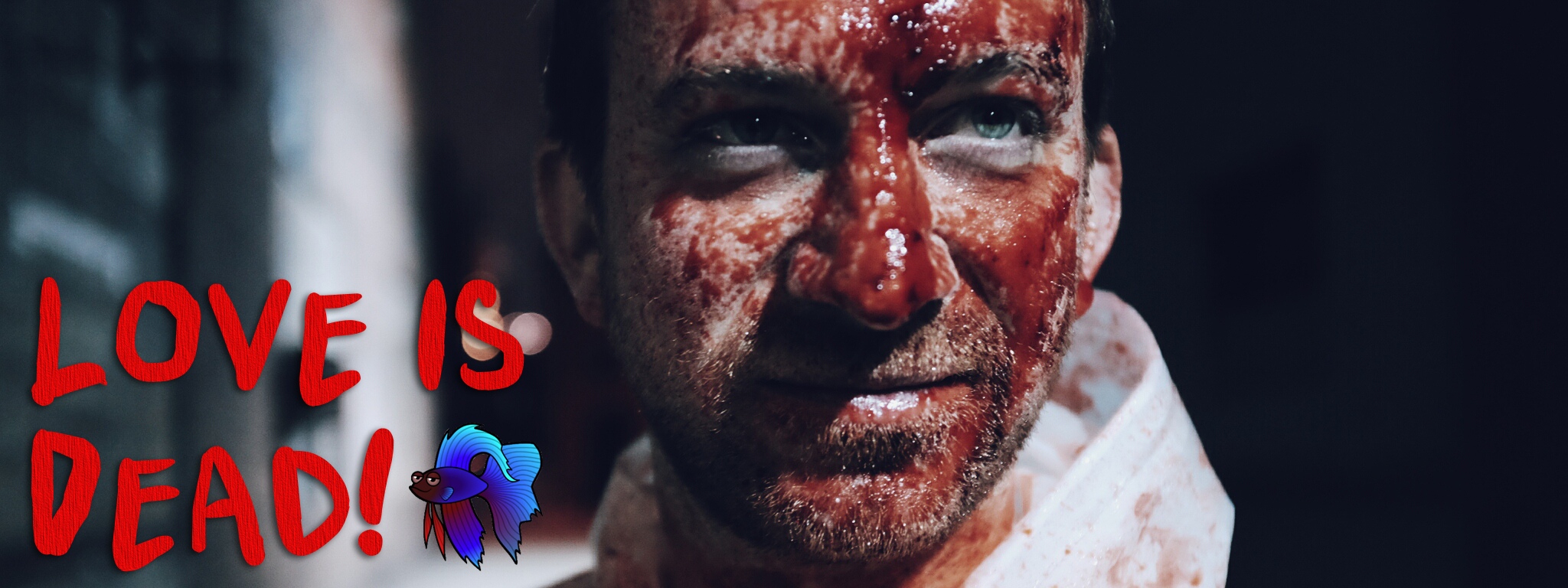
ARTICLE: Self-Distribution on a Micro-Budget
Releasing Your Film Worldwide Without Spending a Dime
:: by Josh Folan :: 11/24/18 ::
“I loved it. That being said I have no idea who would take it on.”
I’ve heard that, or something along those lines, a lot in the last twelve months or so. It’s come from festival programmers, sales reps, distributors, producer reps, filmmakers, friends with friends that do those aforementioned things, friends of friends and even just plain ole friends. It has been said in regards to my latest “directed by” credit, Love Is Dead! – a feature film adaption of a dark comedy stage play that a buddy of mine, Seanie Sugrue, wrote. If we had shot it in any sort of “traditional” manner, given the narrative deals in a gamut of offensive and hard-to-tackle subject matter, it would have likely still been quite difficult to market to any sort of widespread audience – which is often what the people with the job titles listed above are looking for when programming, acquiring and selling.
We did not, however, shoot the film in any sort of traditional manner.
When I first read the play, being immediately excited by Seanie’s hilariously morbid brand of comedy being on full display in the dialogue and themes, my mind turned to film adaption before my page count in the read made it out of single digits. And, partially because the form of stage and sitcom inherently have a lot of overlap, I saw that adaption as an envelope-pushing sitcom from way back – an All In the Family or a Married With Children – that goes much further than anything any television network would (or could) ever air. So we took that idea and ran with it – we shot the piece in a three-camera sitcom setup on a quasi-soundstage we built in a little black-box theatre in NYC, framed it in a 4×3 video aspect ratio, added a range of VHS tape playback effects and SD broadcast artifacts to both picture and sound, painted in a studio audience reacting inappropriately throughout via sound design, even threw in commercial breaks with off-putting PSA’s and ads that have slipped into public domain usage.
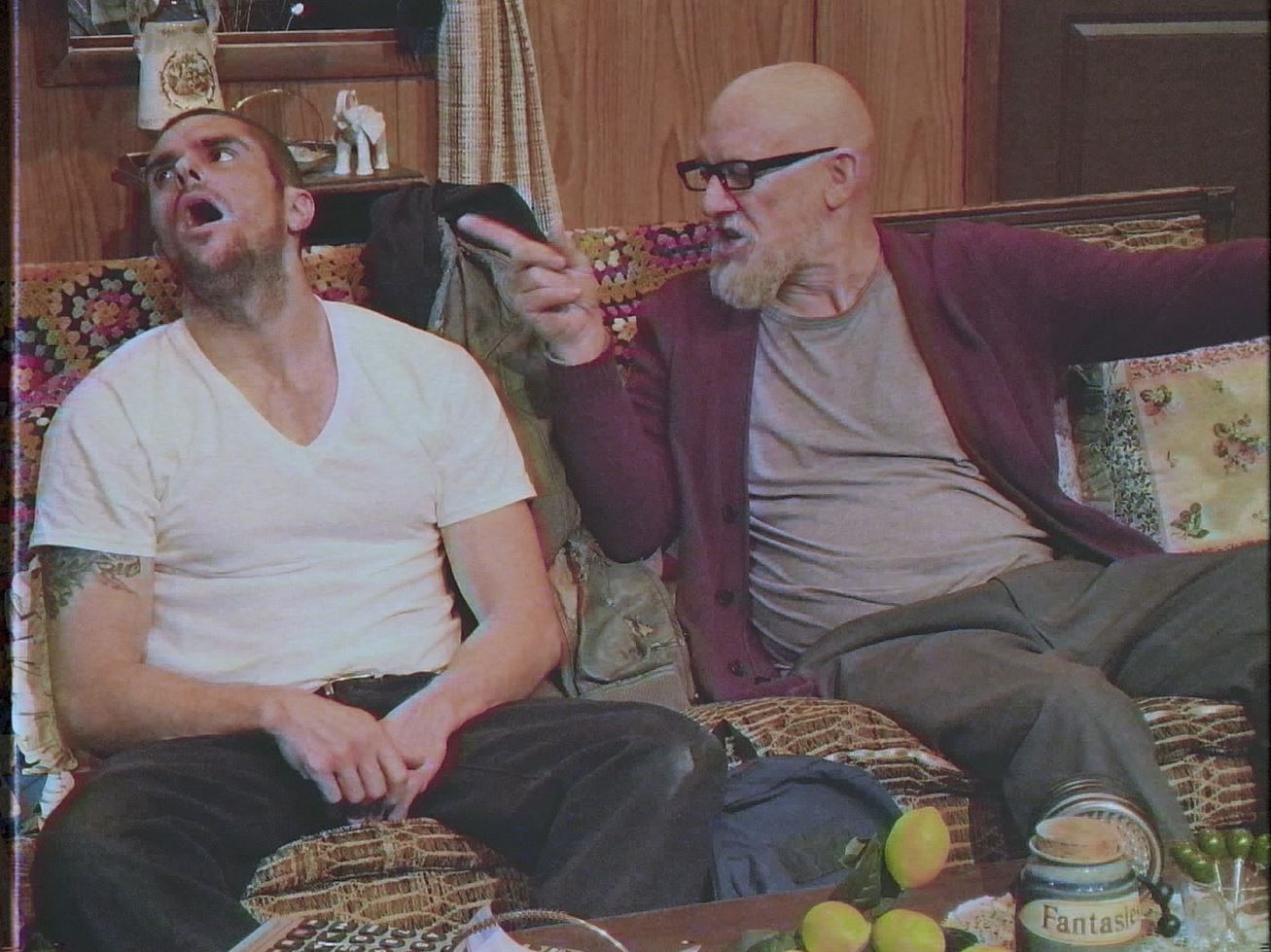
So we made something that’s never been done before, with subject matter that’s bound to offend or enrage more people than not. Our cast includes some incredible and accomplished actors – Orange is the New Black alums Alice Kremelberg and Lolita Foster, and Al Thompson (The Royal Tenenbaums, A Walk to Remember, Love Don’t Cost a Thing) – but no one who can “sell a movie”.
So festivals have been scared to program its abominable subject matter, acquisitions people have been clueless about what it is or who it should be marketed to, and the possibility certainly exists that maybe it’s just not that “good”. None of these things alleviate me and Seanie’s responsibility, as the producers, to monetize the film as best we can and pursue recouping our equity investors’ money. With no sales rep or distributor to aid us, and the entire $32.5k budget long spent, how are we supposed to manage that?
The answer: https://www.youtube.com/watch?v=UsjoFZEwAyI
Self-distribution of an independent film can vary quite a bit in definition. There are filmmakers in advantageous positions, Jim Cummings with his festival darling Thunder Road being a recent example, that are retaining all rights to their film and simply using festival play and platform placement on an aggregator, Quiver Digital in their case, to physically distribute their film, along with word of mouth and social media to market it. They happen to also have their Sundance (the short) and SXSW (the feature) play, and having been awarded the Sundance Creative Distribution Fellowship grant ($33,333, more than the entire LID! budget) to cover the costs. Some of those costs:
- Materials creation. You MUST have a good trailer and eye-catching hi-res key art in a litany of dimensions – 3×4, 2×3, 16×9, 16×6, 2×1, 4×3 – for all the different release platforms. You’ll need a closed captions file (ideally SRT format) for most all outlets these days, and the best you’re going to do there is $1/minute from Rev.com. And each platform is going to require strict QC delivery specs on the full film, trailer and image deliverables, so if you don’t know what you’re doing when it comes to export formats you’re going to incur costs there one way or another.
- Aggregator (the more popular ones) encoding fees.
- Quiver: $1395 for the first outlet (iTunes), $225 for each additional outlet. No per territory fees, no annual fees, no revenue split.
- Distribber: $1550 per platform, $200 annual fee per film, $19.99 fee per quarterly earnings disbursement, no revenue split.
- Walla: $999 for first sixty minutes of video, one territory. $49 each additional territory, $199 each additional platform, 15% revenue share.
- Juice Worldwide: $945 for first outlet, $195 for each additional. No per territory fees, no revenue split.
- Marketing expenses, which vary wildly in type and amount. Facebook advertising is just one popular example, but this list could be endless.
The list goes on situationally for each film, depending on how and to whom you are marketing it to. In our case, we are looking at art house-minded film enthusiasts that enjoy darker material and are old enough to appreciate the old-school television sitcom aesthetic. With two Orange is the New Black alums in the film, targeting fans of that show makes sense. Al Thompson also has a following from some of his film work that we could tap into.
So how do we get our film into the marketplace and in front of those people? If we wanted to go the route of our idyllic example mentioned above, we’d need more money. The available options for acquiring more money:
- Approaching our investors again. Probably the easiest route, but it’s never a good look or feeling returning to your investors with hat in hand late in the process.
- We already did this as part of our initial fundraising plan, so conducting another campaign would likely push Seanie and me to a suicidal place.
- Covering costs out of pocket with intent (i.e. hope) to recoup them from revenue. Seanie and I did this on catch 22 (in addition to hitting up an investor again), but digging yourself into a personal financial ditch on every film project is no way to live your life.
Goal: Having done all of the above on past projects, and knowing how undesirable they all are, I decided to see if I could achieve our goal of monetizing the film without having to spend a single dollar.
Result: Love Is Dead! was released in the US and UK on 11/22/18 on Amazon Prime Video and Vimeo On Demand, and will be trickling out to other territories and platforms on an ongoing basis. How I managed that at (very close to) no cost:
Materials
Trailer: I edited the film, and cutting the trailer was a natural extension of that. It probably wouldn’t have been a bad thing to bring in someone else for this, and get a different perspective on the material, but budget dictates. If you don’t edit, and can’t youtube tutorial and trial-and-error your way through teaching yourself, it’s going to be very difficult to maintain the micro part of being a micro-budget filmmaker. Cost: $0
Key Art: We lucked into a close friend of our lead actor Patrick Scherrer being an incredible and accomplished artist, Peter Stults, who has been quite successful with making what if movie posters where he takes new film releases, theoretically recasts them with golden age Hollywood actors and directors, and styles the poster like those from the same time period when most where illustrated. Google his work, it’s fucking amazing. Anyhow, given LID!’s 70’s-80’s aesthetic, we thought he’d be perfect for designing a poster that captured that dated feel…and he was, and did so entirely gratis as a favor to Pat. Ultimately though, the very cool image he produced wasn’t going to “jump out” enough on a digital platform’s interface, in me and Seanie’s opinion anyhow. We had long admired a cool still our Key (and only) PA/Associate Producer/Still Photographer/Utility Infielder Josh Goldsmith randomly took of Pat on the fly in between filming a scene where he was particularly bloodied up, and we decided to switch our key art to that just a day or two before the release. I slapped the film title in our staple font for the project on the image in photoshop myself, and we had our key art. Cost: $0
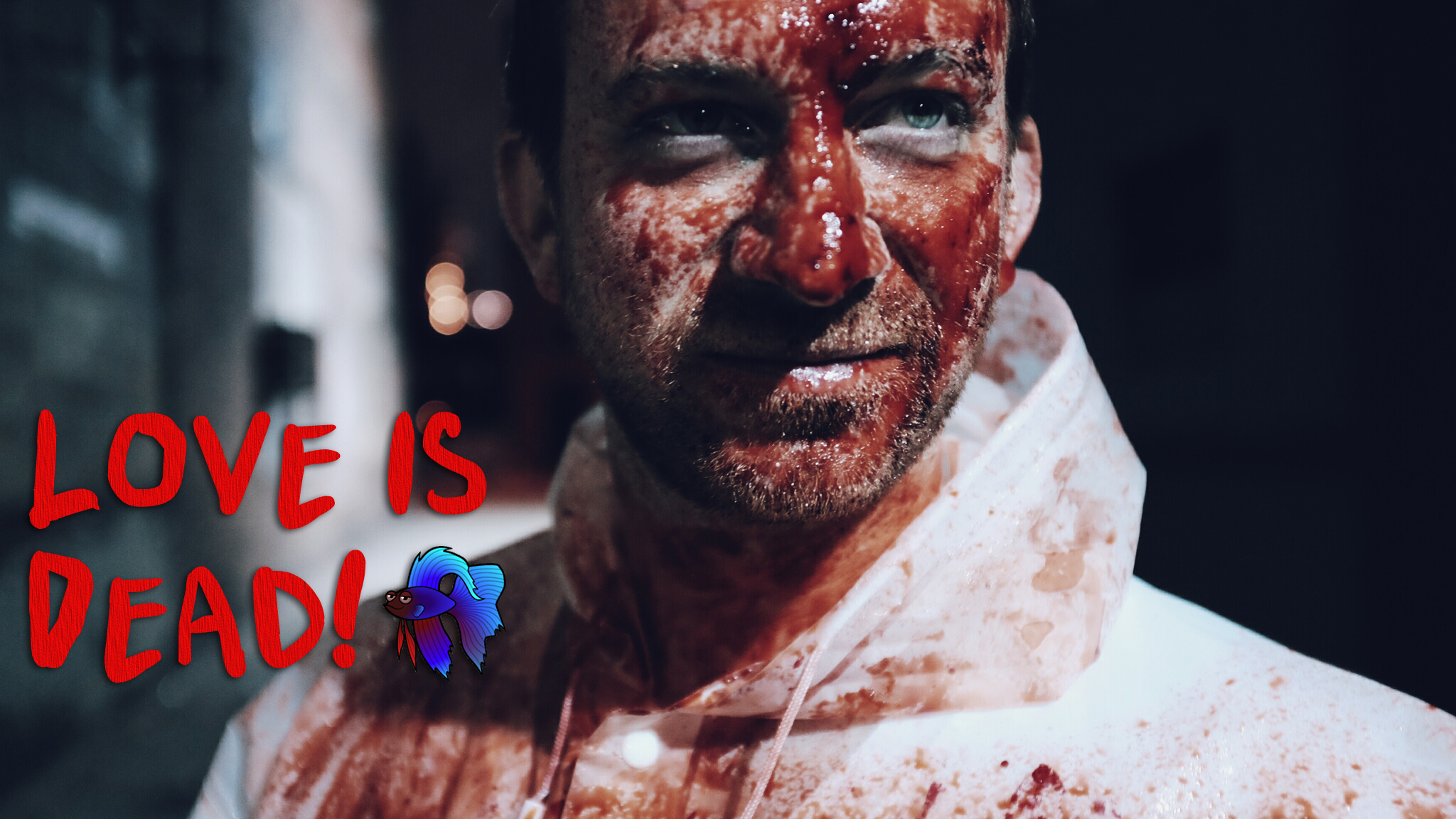
Captions: We used Rev.com and paid the $1/minute out of pocket. You can very much do this yourself for $0, and I have done it before on a feature (All God’s Creatures) and for my Batteries Not Included Amazon doc series – you can just google the SRT text formatting syntax and endure the seemingly endless pain you’ll go through typing it all out yourself in notepad. It is truly the absolute fucking worst tedium you could put yourself through, and my heart goes out to the people on other end at Rev that do this day in and day out. Cost: $105
Aggregator
This is where going a conventional route can really cost you some dough, so I steered the ship way out of those waters. Instead of going with any of the aforementioned aggregators, we partnered with the gang over at Filmhub (filmhub.com), formerly Kinonation. They charge no upfront fees whatsoever, but they do take a 20% cut of gross revenue from platforms. All rights are non-exclusive, and you can pick and choose what platforms you make your title available for through their system. As long as your materials can pass their QC, you’re virtually guaranteed placement on Amazon and Vimeo On Demand. I’ve worked with them on my older library titles for years, and they’ve done a great job of generating modest additional revenue on properties I otherwise would have no way of monetizing beyond Amazon Prime. China Mobile, Hoopla, and Streampix are just a few examples of company names on Filmhub royalty statements I otherwise had never heard of.
You could also list on Amazon yourself via their Prime Video Direct portal, at least to US/UK/Germany/Japan (you’ll need German and/or Japanese subtitles to qualify for the latter two) [INDIE PRODUCER MICHAEL GONZALEZ (TOMPKINS SQUARE PARK FILMS) EDITOR’S NOTE: The Amazon policy has recently been updated to a full dialogue dub track for these territories, not just subtitles], but going through Filmhub gives you access to most all territories Amazon services worldwide – an important thing for us, seeing as Seanie is an Irish national and we would be leaving money on the table (and pissing off his mom and dad!) by not having the film available there. It is worth noting though that they were unable to provide transactional (TVOD) for us on any territories other than US and UK, only SVOD, so we are windowing that SVOD release to a later date while we try to exploit the TVOD revenue as much as possible.
This is my first time partnering with Filmhub for a film’s initial release, and we’re only a couple of days into it, so the jury is still out as to whether I will be as pleased with this venture as I am with library titles where I’m just happy to have the ability to generate any extra revenue. My experience with those past titles has been that they’re consistently working to foster relationships with new outlets, and in turn finding new ways to monetize titles in their existing catalog, so as long as that trend continues with LID! I can’t imagine souring on them. Their staff is great too, having graciously dealt with my anal retentive and insistent pestering about what is surely meaningless minutia to them throughout the release process.
A similar company to Filmhub is Bidslate (bidslate.com), and they are doing a lot of the same things, on the same terms. All deals are non-exclusive, they take 20% of the gross just the same, don’t charge any upfront fees (other than iTunes placement) and a lot of what they do is aggregating to digital platforms. I have also found that they do engage in similar business to that of a traditional sales rep, in that they attend foreign markets and work to broker deals on a territory by territory basis, something I haven’t seen out of Filmhub. The two recently partnered up, and Filmhub is now acting as a pass-through to Bidslate, so that further insinuates that Bidslate is doing some things the other is not. The Bidslate user interface is quite similar to Filmhub’s – you have a dashboard where all your titles are listed, and for each title you create a database housing all your video/image assets and metadata for the title. Once your assets pass QC, you have the option of selecting what individual outlets you’d like the title submitted/pitched to. We have yet to list LID! on Bidslate on the basis of courtesy to Filmhub, as there is a lot of overlap in the platforms the two service and I don’t want to put either in a position where they are redundantly pitching it to the same platforms. Once there’s a little more clarity on what all Filmhub is able to achieve, placement-wise, I’ll surely revisit that idea.
All that verbosity behind us, the film’s initial placement is on Amazon and Vimeo on Demand for TVOD, on an 80/20 gross revenue split with Filmhub. Sure, it would be nice to hit iTunes for TVOD and we are probably foregoing some transactional revenue by not being available on there, but would we sell 250 units (that we wouldn’t move on another platform) @ $7.99 and recoup a $1400 spend after the 70/30 iTunes revenue split? I’m not sure, but I am absolutely certain of one thing about the direction we chose: Cost: $0
Marketing
As I already mentioned, this is such a wide open category that I’m hesitant to even get into it. There are countless creative things that one could do, many of which could and should be inspired by the film-specific subject matter/actors/etc of your title, so I’ll just cite a handful of specifics we’re doing for LID! and we can both get out of this article and on with our lives.
- Reddit AMA: I did one of these last year for catch 22, and it snowballed into a total shitshow that ended up as the second-ranked post on the Reddit home page and put thousands of eyeballs on the film, even if many of those eyeballs were bloodshot and pissed off about believing I was stealing intellectual property from a famous novelist. No such thing as bad press though, as whoever says that says. The one I just did on Black Friday for LID! was much less eventful…the biggest shopping day of the year possibly not being the best day for it. Either way, Cost: $0
- Ping Podcast and Blog Hosts: With LID! being a micro-budget feature and my having a long filmography in the independent film realm, indie filmmaking podcasts were a logical target and I’ve already tapped a number of them. I’ve also hunted down quite a few indie-minded reviewers/bloggers and hit them up about giving the film a look. Nostalgia-oriented podcasts and blogs will be my next target. Cost: $0
- Hit On Hometown Press: If you’re from a small town like me (Oberlin, OH) it shouldn’t be too hard to pique the interests of the hometown newspaper, radio stations, maybe even local TV news programs about a local kid putting out a feature film. Not only should it be relatively easy to procure, but this type of marketing also hits hard on a strong target demographic – people who have known you all of your life. Cost: $0
- Facebook Advertising: They allow relatively small spends on highly-specific targeted advertising. Someone who likes Orange is the New Black enough to have liked it on Facebook are easy targets for a film with alumni from the show, and I can even cross-target that with other like indie films and/or some of Al Thompson’s more recognizable past work. Cost: TBD, but maybe $50-100
- Write A Blog Post: You made it this far in a very, very difficult flowchart – making a feature film. There are a lot of people (you’re reading this, right?) who want to know more about how to do that. Share with them how you did it. Cost: $0
That’s that, all true facts. It is not ideal, but few things are in the micro-to-low budget filmmaking process and the film is available for consumption and monetization at an all-in cost range of $105 to $205 – only $0-100 if I wasn’t too lazy to do the captions myself. If you have any low-to-no cost solutions or ideas I left out of this article, I’m all ears – get at me on Twitter, @joshfolan, and teach me something! And if you learned anything from this and have the slightest interest in saying thank you, please click over to Amazon and rate the film something nice.
Links:
Love Is Dead! on Amazon: https://www.amazon.com/gp/product/B07KFF4GY7/
Love Is Dead! on Vimeo: https://vimeo.com/ondemand/164587
You can watch one of the three “episodes” that comprise the full film, Two Minute Kenneth!, for free on Vimeo to wet your mayhem whistle: https://vimeo.com/266042243


